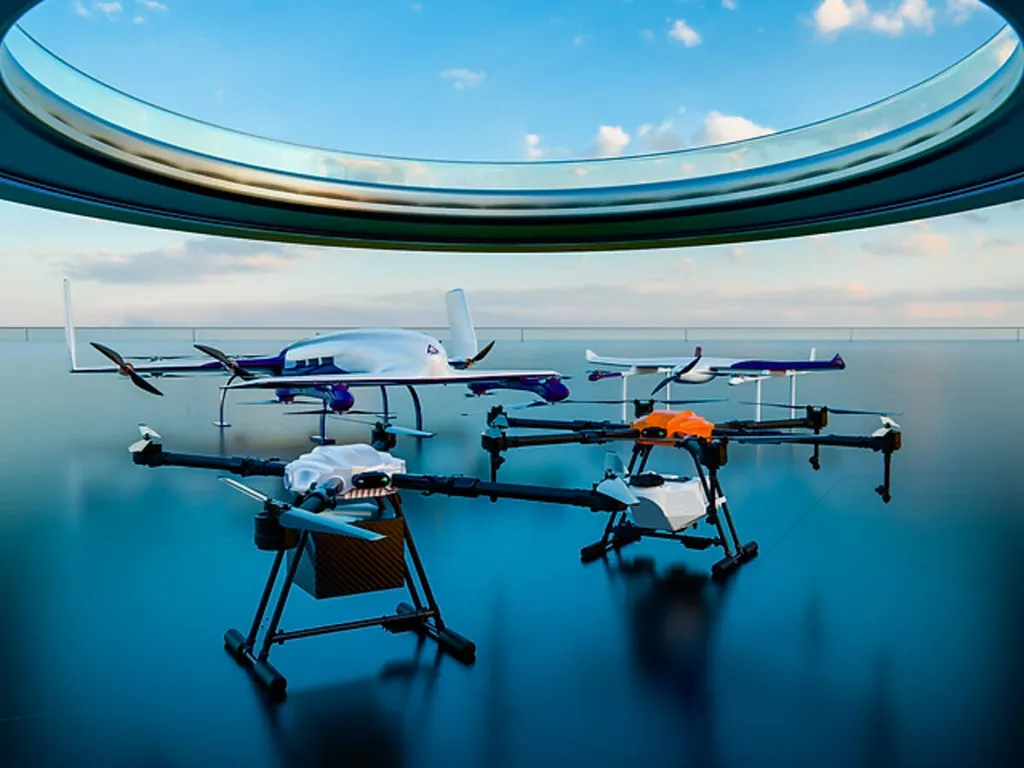Researchers Harsh Abhinandan, Aditya Dhanraj, Aryan Katoch, and R. Raja Singh from the Department of Electrical Engineering at the Indian Institute of Technology Hyderabad have conducted a comprehensive review of advancements in powering and charging systems for Unmanned Aerial Vehicles (UAVs), published in the journal “IEEE Access.”
The study begins by examining various energy sources for UAVs, comparing traditional batteries, fuel cells, and hybrid systems based on factors such as energy density, weight, and safety. Batteries, while widely used, have limitations in energy density and flight time. Fuel cells offer higher energy density but come with challenges related to storage and infrastructure. Hybrid systems combine the benefits of multiple energy sources but add complexity and weight.
The review then explores different charging strategies, ranging from manual battery swapping to advanced automatic docking stations and smart contact-based charging pads. A significant portion of the paper is dedicated to wireless power transfer technologies, which can be categorized into near-field (inductive, capacitive) and far-field (laser, microwave) methods. Near-field technologies are generally more efficient but have limited range, while far-field technologies offer greater range but face challenges in efficiency and safety.
The researchers also delve into the core components of these charging systems, including power electronic converter topologies, battery management systems, and control approaches. These components are crucial for optimizing the performance and longevity of UAV power systems.
The study highlights several challenges that need to be addressed for future advancements. Technical challenges include improving energy density, enhancing charging efficiency, and ensuring the safety of wireless power transfer. Economic challenges involve reducing the cost of advanced power systems and charging infrastructure. Social challenges include regulatory and public acceptance issues related to the deployment of UAVs and their charging systems.
For the energy sector, the advancements in UAV power and charging technologies can have practical applications in monitoring and inspecting energy infrastructure, such as power lines, wind turbines, and solar farms. UAVs equipped with advanced power systems can operate for extended periods, covering larger areas and providing more comprehensive data. This can lead to improved maintenance, reduced downtime, and increased efficiency in energy production and distribution.
In conclusion, the comprehensive review by Abhinandan et al. serves as a valuable guide for researchers, engineers, and policymakers striving to enhance UAV operational performance. The insights and findings presented in the study can contribute to the development of more efficient and reliable power systems for UAVs, ultimately benefiting various sectors, including the energy industry.
This article is based on research available at arXiv.

